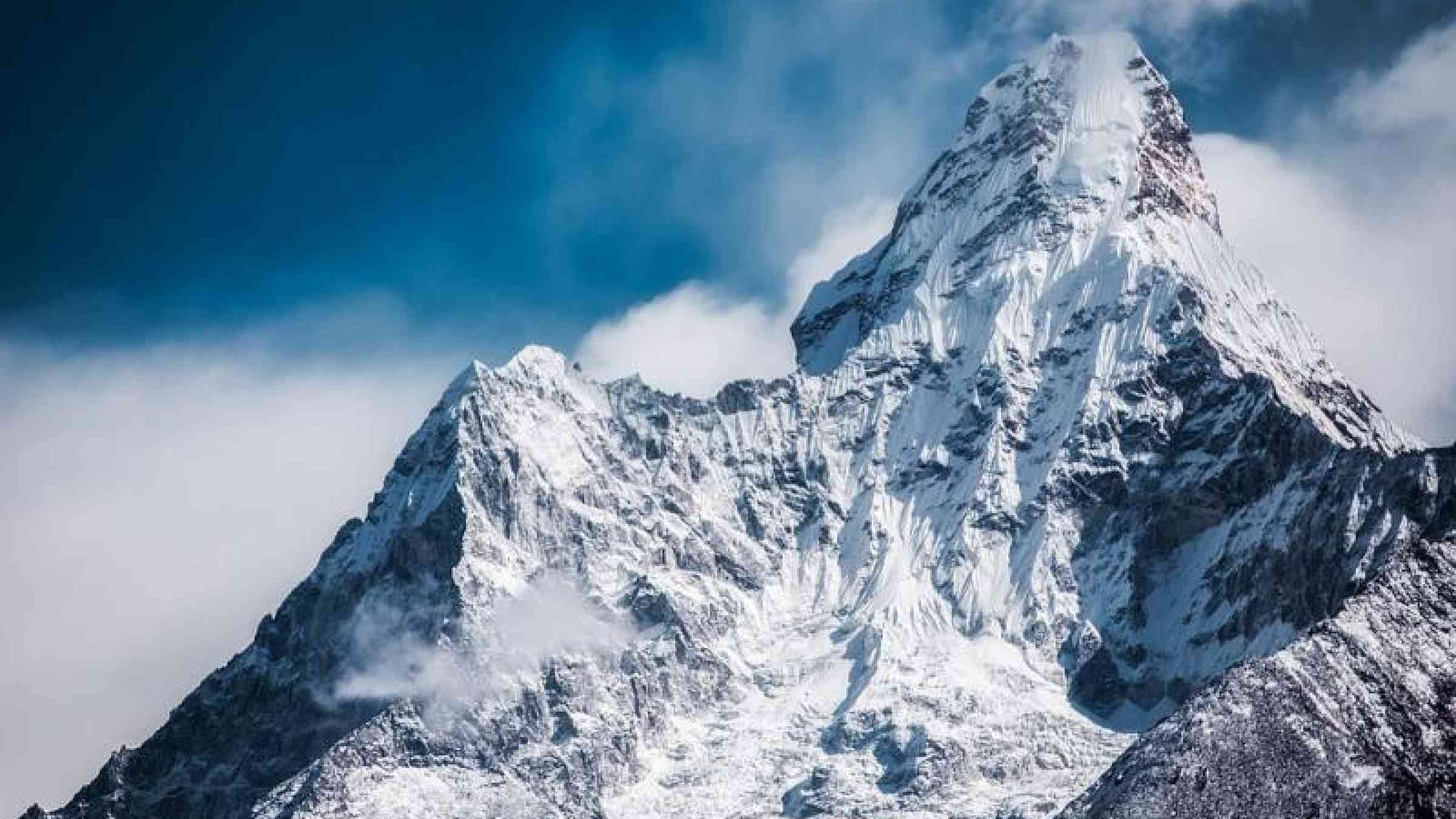
The western portion of a gigantic Himalayan fault—the one which caused the 2015 Nepal earthquake—is still charged and is ready for another major shift, says a new study published in Nature Communications.
[...]
Presence of thick sediments further amplify the seismic waves generated even from small-magnitude earthquakes. The Indian and Eurasian tectonic plates also collide near this region.
The shift in these tectonic plates is known to trigger earthquakes in order to release the stress that built up during the shift. The study reveals how small and medium earthquakes in turn trigger giant Himalayan earthquakes.
[...]
“The most dangerous part of the Nepalese area, which could be affected by the next earthquake, is located west of the capital, Kathmandu. In that area, where there have been several earthquakes in the past, it is now almost 500 years that the energy that accumulates along this mega-fault has not been released,” [Luca Dal Zilio, lead researcher] adds.
The results indicate that if all this energy is released in one go, it could generate an earthquake with a magnitude greater than 8.5.
[...]
"A sequence of two or three partial ruptures of the fault creates the conditions for the propagation of an earthquake with a magnitude greater than 8.5,” explains Dal Zilio.
[...]